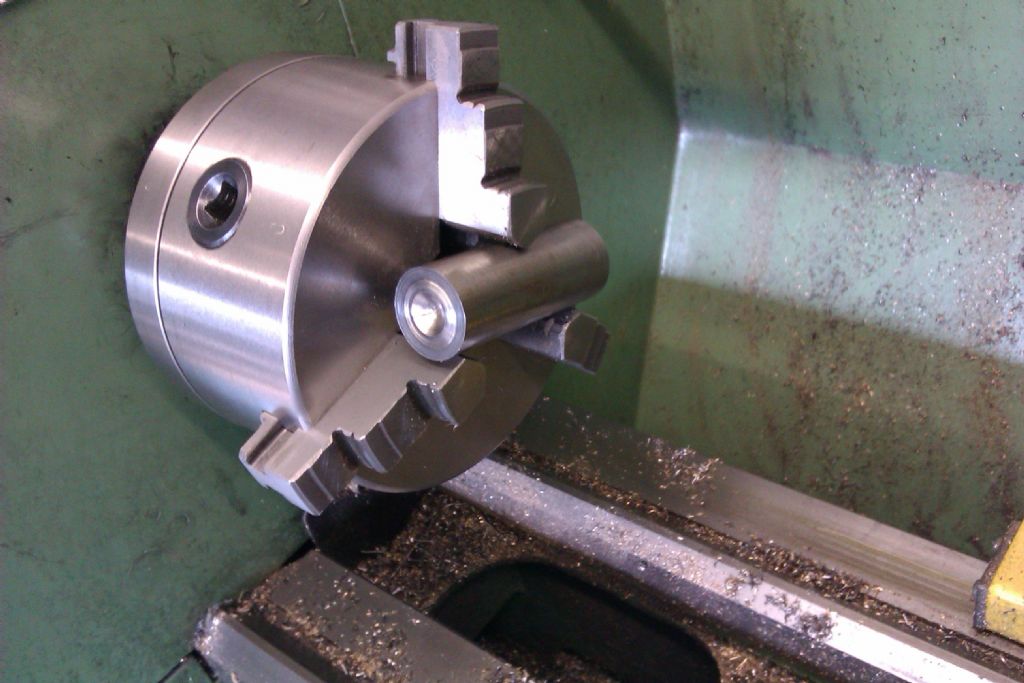Posted by JasonB on 03/03/2023 19:22:39:
However if the beginner is going to change designs just to simplify things then they won't learn any new skills or techniques
Very true but you have to be reasonable as to how large a step there is between what a beginner already knows how to do and what they need to learn for the next job. Too big a step or too many steps leads to, at best, disillusionment with unattractive results and all too often compete failure. Too much of that and a new hobby will be sought.
Unnecessary multiplication of complication, whether in design, construction or work holding should be avoided wherever possible. Which goes in spades for novice projects. That half circle part is tricky problem in work holding that has no place in a project intended for the inexperienced. There are so many ways it can go wrong. Certainly way too much trouble for pure cosmetics.
I would obtain a piece of 5/8 x 5/16 flat bar and reduce it to whatever shape seems pleasing. Whether using a longer piece and turning it half circle as suggested in my previous post, filing the corners taper or simply radiusing the edges. Option 3 for me!
With the blank prepared mount it in the four jaw chuck with the flat face hard against at least two jaw stops so the basic slot shape can be produced by drilling a line of holes. You may need a scrap behind the job to keep the drill away from the jaws. The easy way to get the sideways step is to use a scrap of material as a setting gauge. Loosen one of the jaws holding it longways, insert the "gauge", bring the jaw back to lightly touch it, remove the gauge and use the opposite jaw to push the part over so its gripped ready for the next hole. Loosen the short ways jaws a touch so it slides without rocking.
Drill alternate holes so the is a gap between the holes drilled in the first run. Start with a centre drill to give a decent lead in. If the web between the holes is significantly smaller than the drill diameter find something to make decently fitting plugs to help keep the drill true. Brass would be best but alloy, steel or even JB weld will work. As ever with brass the drill needs to be decently sharp.
If you do decide to make it half circle as per plans first file a flat almost as wide as the slot will be so the drill has a nice clean start. Brass is skiddy at the best of times. Starting on a curved surface is an open invitation to trouble. A three flute centre cutting end mill, such as the old Clarkson throw-away series would be better than a drill for producing the the holes. Probably too short to go right through in that size but one will give a nice clean round guide hole most of the way through to finish with a drill.
Clive
Paul McDonough.


![20230303_101957[1].jpg 20230303_101957[1].jpg](/wp-content/uploads/sites/4/images/member_albums/44290/922114.jpg)



